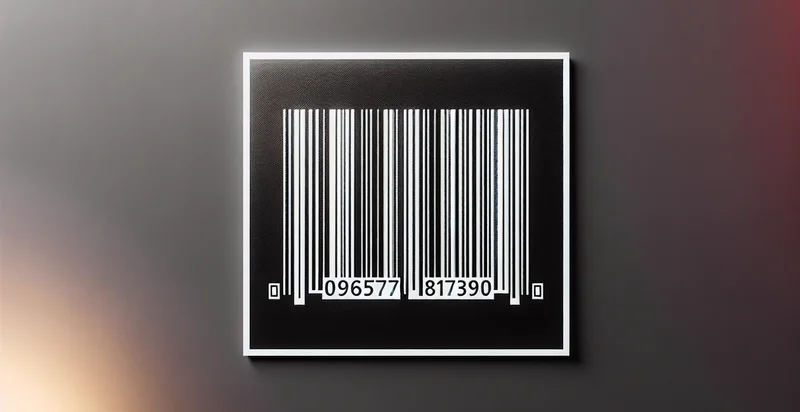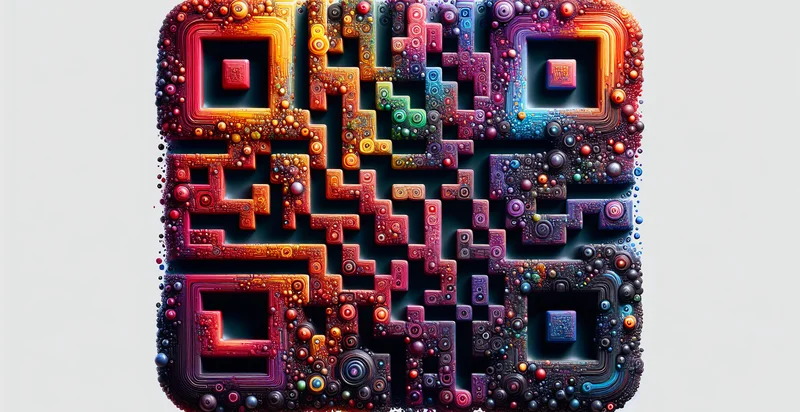Identify barcode ink coverage
using AI
Below is a free classifier to identify barcode ink coverage. Just upload your image, and our AI will predict the level of ink coverage in different barcode types - in just seconds.

Contact us for API access
Or, use Nyckel to build highly-accurate custom classifiers in just minutes. No PhD required.
Get started
import nyckel
credentials = nyckel.Credentials("YOUR_CLIENT_ID", "YOUR_CLIENT_SECRET")
nyckel.invoke("barcode-ink-coverage", "your_image_url", credentials)
fetch('https://www.nyckel.com/v1/functions/barcode-ink-coverage/invoke', {
method: 'POST',
headers: {
'Authorization': 'Bearer ' + 'YOUR_BEARER_TOKEN',
'Content-Type': 'application/json',
},
body: JSON.stringify(
{"data": "your_image_url"}
)
})
.then(response => response.json())
.then(data => console.log(data));
curl -X POST \
-H "Content-Type: application/json" \
-H "Authorization: Bearer YOUR_BEARER_TOKEN" \
-d '{"data": "your_image_url"}' \
https://www.nyckel.com/v1/functions/barcode-ink-coverage/invoke
How this classifier works
To start, upload your image. Our AI tool will then predict the level of ink coverage in different barcode types.
This pretrained image model uses a Nyckel-created dataset and has 16 labels, including Blotchy, Blurred, Clear, Complete, Consistent, Faded, Heavy, Inconsistent, Patchy and Poorly-Defined.
We'll also show a confidence score (the higher the number, the more confident the AI model is around the level of ink coverage in different barcode types).
Whether you're just curious or building barcode ink coverage detection into your application, we hope our classifier proves helpful.
Related Classifiers
Need to identify barcode ink coverage at scale?
Get API or Zapier access to this classifier for free. It's perfect for:
- Quality Control in Printing: The barcode ink coverage identifier can be integrated into printing processes to monitor the quality of printed labels and packages. By ensuring optimal ink coverage, businesses can reduce waste and ensure that barcodes are scannable, improving overall operational efficiency.
- Supply Chain Tracking: In supply chain management, this function can validate the correct ink usage on barcodes during production. By maintaining compliance with ink standards, companies can enhance traceability and reduce errors that might occur during the shipment or inventory processes.
- Compliance with Regulatory Standards: Many industries require strict adherence to ink and labeling standards. This function can help businesses automatically verify barcode ink coverage against these regulations to ensure compliance, minimizing the risk of costly fines or rework.
- Enhancing Customer Experience: Retailers can use the barcode ink coverage identifier to ensure all barcodes print correctly and are easy to scan. This improves the checkout experience, reducing wait times and increasing customer satisfaction through seamless transactions.
- Inventory Management Optimization: Warehouses can utilize this function to improve inventory management by verifying barcode quality before items are stocked. Ensuring that all barcodes meet coverage standards helps prevent scanning errors, thus maintaining accurate inventory records.
- Cost Reduction in Printing: By analyzing ink coverage across print runs, businesses can identify opportunities to reduce ink usage without impacting quality. This can lead to significant cost savings in materials, contributing to overall profitability.
- Data Analytics and Process Improvement: Organizations can leverage data from ink coverage analysis to identify trends in printing efficiency. This insight can drive process improvements, leading to optimized production strategies and reduced operational downtime.


